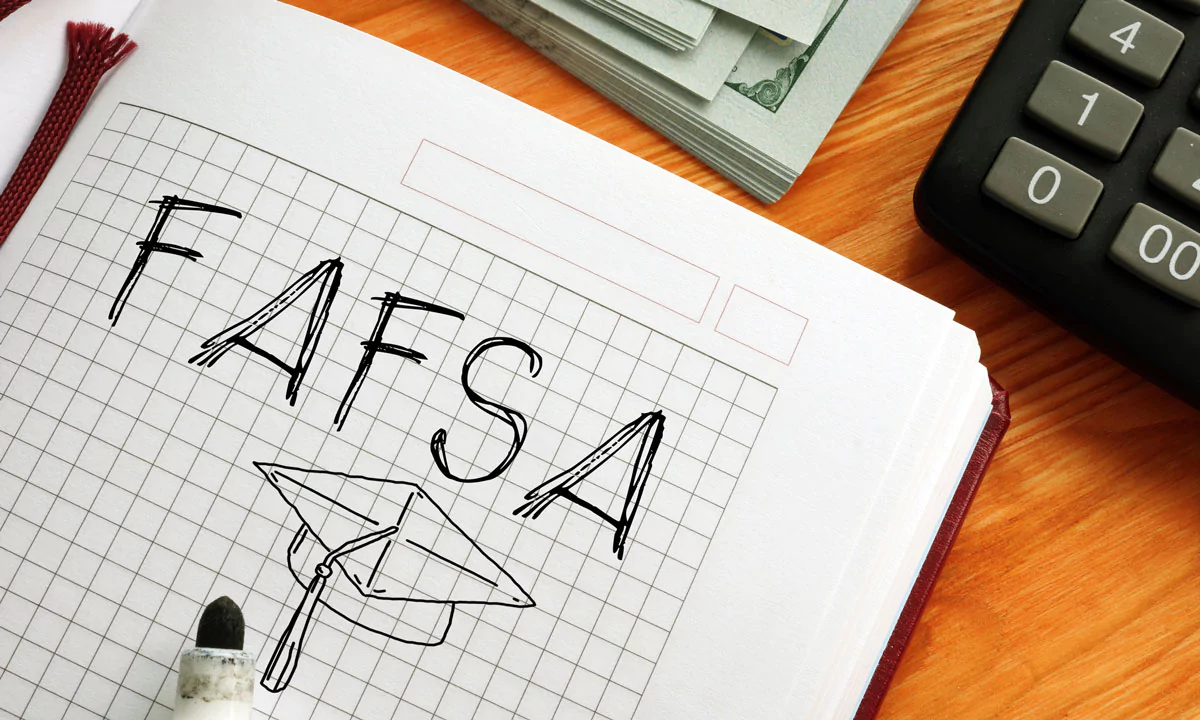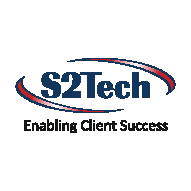
Update: This article was last updated on 17th July 2024 to reflect the accuracy and up-to-date information on the page.
Are you worried about college expenses? Try an ultimate solution: the Free Application for Federal Student Aid (FAFSA)! It provides grants, loans, work-study programs, and more to pave your path to higher education without breaking the bank!
| The 2024–25 FAFSA form is now available. |
| Complete the form between July 1, 2024, and June 30, 2025. |
| Students without SSNs can also apply. |
| Approximately 7.3 million students from low-income backgrounds will be eligible to receive Federal Pell Grants. |
Let’s decode FAFSA and how you can turn your academic dreams into reality!

What Do You Need to Know About FAFSA?
The first step is getting acquainted with the FAFSA. Here are the most crucial FAFSA facts, including modifications implemented by the FAFSA Simplification Act.
Criteria:
– Demonstrate financial need for need-based federal student aid programs
– Be a U.S. citizen or eligible non-citizen
– Have a valid Social Security Number (excluding students from specific countries)
– Enroll or be accepted in an eligible degree or certificate program
– Maintain satisfactory academic progress
– Students must provide consent and approval to have their federal tax information transferred directly into their 2024–25 FAFSA form if they’re applying for aid from July 1, 2024, to June 30, 2025.
– Sign certification statement on FAFSA form regarding federal loan/grant status and purpose of aid usage
– Demonstrate qualification for college or career school education
What Do You Need to Know About FAFSA?
Students who are unmarried and younger than 24 should fill out the FAFSA with details regarding themselves and their parents. This includes details about the student’s income and assets, as well as their parents’ financial standing and assets. It is crucial to remember that the term “parent” in FAFSA only refers to legally recognized parents (biological, adoptive, or stepparents).
Other people living with you are not considered parents unless they have formally adopted you.
FAFSA does not reveal the amount
The data you provide on your FAFSA is used for calculating your Expected Family Contribution (EFC), which colleges and universities use in assessing your eligibility for financial aid.
The EFC is a guideline, not a fixed amount to be paid. Your EFC, as documented in the Student Aid Report (SAR), will be sent to you one to three weeks after you file your FAFSA.
Recommended Reading: ADMISSION PROCESS AT THE UNIVERSITY OF WASHINGTON
File it online
To access the FAFSA form online, go to the Federal Student Aid website. It can be completed on a computer or mobile device, or print out a downloadable PDF version and submit it on paper.
You must submit your and your parent’s income tax returns two years before your intended college enrollment date to complete the FAFSA. For example, if you intend to start college in the fall of 2024, you will require tax data from 2022.
The FAFSA has a data retrieval feature that integrates your tax information directly from the IRS website into your FAFSA application.
CHANGES ARE COMING TO THE FAFSA

The FAFSA Simplification Act brings significant changes to the federal student aid system starting with the 2024-25 award year. Key updates include:
- Replacing EFC with SAI: The Expected Family Contribution (EFC) is replaced by the Student Aid Index (SAI), changing how students’ ability to pay for college is assessed. The new method removes the number of family members in college from the calculation, allows for a minimum SAI of -1500, and introduces separate eligibility criteria for Federal Pell Grants.
- Changes to Family Definitions: The definition of family size in FAFSA calculations will now align more closely with what is reported on tax returns.
- Expanded Access to Pell Grants: More students will qualify for Federal Pell Grants, with eligibility linked to family size and the federal poverty level. Incarcerated students in federal and state facilities will regain Pell Grant eligibility. Lifetime eligibility for Pell Grants will be restored to students if their school closed or misled them.
- Simplified FAFSA Form: The FAFSA form will be streamlined by using IRS data to determine Pell Grant eligibility and SAI, thanks to the FUTURE Act. Questions about Selective Service registration and drug convictions will be removed, while new questions about sex, race, and ethnicity, which do not affect aid eligibility, will be added.
The Nitty Gritty of Filling Out the FAFSA Form
| Required Documents |
|---|
| Parents’ SSNs if you’re a dependent student |
| Tax returns |
| Records of child support received |
| Current balances of cash, savings, and checking accounts |
| Net worth of investments, businesses, and farm |
- Gather all relevant information and papers before filling out the Free Application for FAFSA form to ensure a smooth and thorough submission process. Having certain items ready can help speed up the application process and ensure you have all the required data.
- First, start by compiling your personal information, such as your Social Security number, date of birth, and full legal name, as it appears on official papers like your Social Security card or driver’s license.
- Register a Federal Student Aid (FSA) I.D. for yourself as well as your parent(s) or guardian(s), if applicable. This ID will act as your digital signature and enable you to access federal student aid websites.
- Consider your dependency status next. Specify whether you are a dependent or independent student. Dependency students must submit their parents’ data on the FAFSA, but independent students may do so under particular circumstances.
- Prepare your tax returns for the appropriate tax year. Collect IRS Forms 1040, 1040A, or 1040EZ for the tax year that coincides with the year of your FAFSA application.
- To simplify this procedure, you can use the IRS Data Retrieval Tool (DRT) in the FAFSA to submit your tax information right to the application.
- Gather information about your assets, such as savings accounts, investments, and property (but not your home or retirement funds).
- These particulars will be utilized for assessing your financial status. Make a list of colleges that you want to attend. You can send your FAFSA to up to ten colleges, and they will have access to the financial data they need to establish your assistance eligibility.
- Non-citizens with legal status in the United States must submit their Alien Registration Number. Check to see if universities or state aid programs require additional documentation, such as verification or specific financial aid forms.
Wrapping Up!
FAFSA is that tool that can help you carve your path to higher education in a prestigious college of your choice. Like that stepping stone to success, it gives you that extra pump to fly high and accomplish all your career goals and dreams. I hope you find this blog post helpful while filling out your FAFSA form.
Refer to it if you feel stuck while filling out your FAFSA form.
Moonpreneur is on a mission to disrupt traditional education and future-proof the next generation with holistic learning solutions. Its Innovator Program is building tomorrow’s workforce by training students in AI/ML, Robotics, Coding, IoT, and Apps, enabling entrepreneurship through experiential learning.
























Is FAFSA for Indian students?
Non-US citizens of Indian origin may be eligible for FAFSA if they recently applied for citizenship, if their parents work in the US, or if they have employment authorization.
What is the age group for applying for a fafsa scholarship?
Undergraduate students who are under age 24 as of December 31 of the award year are considered to be independent for federal student aid purposes.